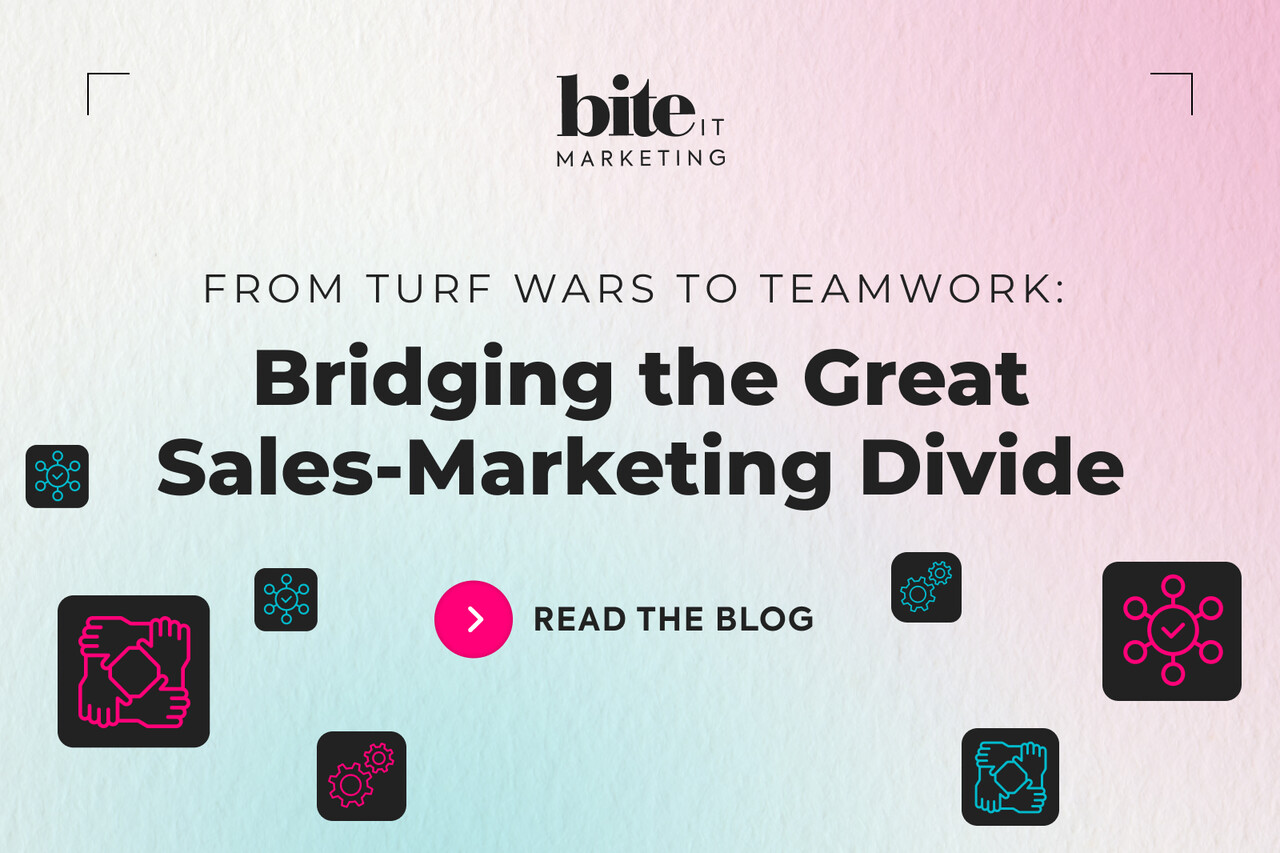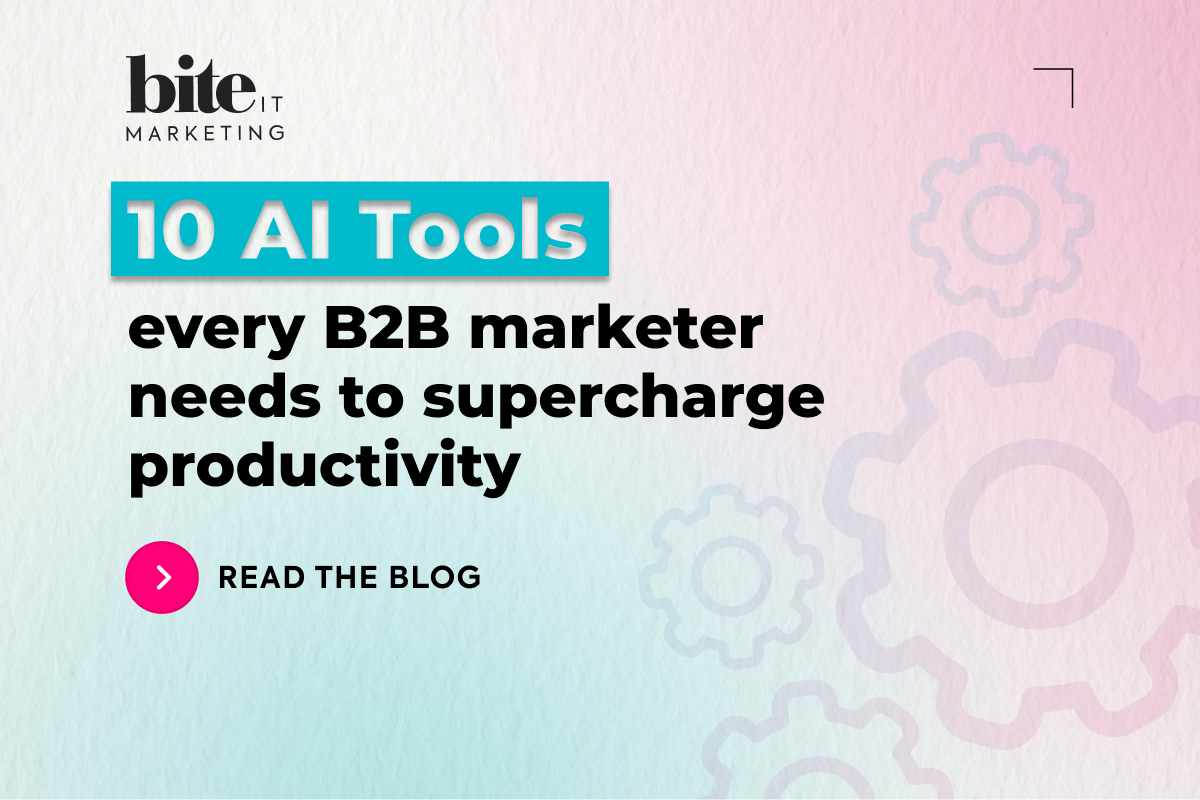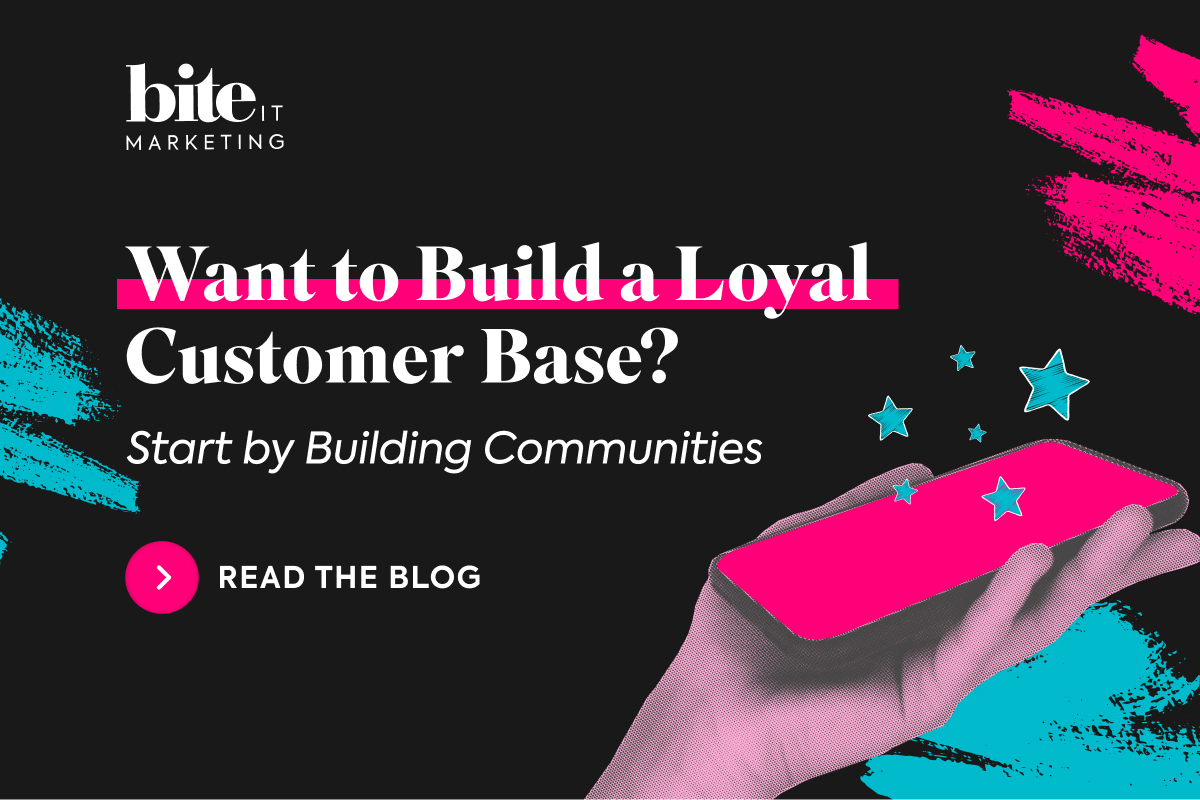
B2B marketers today face an invisible but growing threat: AI-powered bots. These sophisticated scripts don’t just inflate vanity metrics; they erode lead quality, distort campaign performance, and quietly drain marketing budgets. What’s worse, many bots now mimic human behaviour so closely that they often pass undetected through traditional filters.
The 2025 Imperva Threat Research report reveals that bad bots now make up 37% of all internet traffic. It has been reported that, for the first time in more than a decade, automated traffic has surpassed human activity, resulting in 51% of all internet traffic (Imperva, 2025). Businesses are urged to adapt their defensive strategies to keep pace with these increasingly sophisticated threats.
And this isn’t just a technical issue, it’s a commercial crisis. In 2024, advertisers lost over $71 billion (£59 billion) to bot clicks and fake traffic alone (Marketing Tech News). At the same time, Gartner’s CMO survey revealed a significant decline in marketing investment, with budgets falling to just 7.7% from 9.1% in 2023 and 9.5% in 2022. With budgets already under pressure, wasting millions on invalid traffic is no longer a cost marketers can absorb. The margin for error is shrinking, and every pound spent needs to drive real, measurable value.
As businesses increasingly rely on data-driven campaigns and performance marketing, staying ahead of this threat is no longer optional. This blog explores the tactics you can implement now to protect your lead funnel, preserve your investment, and ensure your campaigns generate value, not noise.
The Cost of Bad Leads Is Higher Than You Think
Even small volumes of invalid leads can create outsized damage across the marketing and sales cycle. On the surface, they may appear harmless, just a few fake form fills here and there. But behind the scenes, the ripple effect can be costly and corrosive.
Here’s how:
- Ad budget waste: Clicks and form fills from bots consume paid media spend, reducing the true ROI of performance campaigns.
- Sales friction: Reps and BDRs waste hours chasing leads that don’t respond, don’t exist, or were never genuinely interested in the first place.
- Corrupted data: Fake submissions pollute CRMs and MAPs, leading to messy databases, broken segmentation, and poor personalisation in nurture tracks.
- Inaccurate attribution: When bots mimic human activity, they distort conversion tracking and make underperforming campaigns appear successful, leading to more money funnelled into the wrong channels.
The human cost is equally troubling. As shared in a LinkedIn case study, sales reps can lose up to 550 hours and as much as $32,000 annually chasing fake leads, an inefficiency that scales quickly in high-velocity sales teams (LinkedIn, 2024).
When invalid leads slip through, it’s not just wasted spend. It’s wasted time, broken trust, and lost alignment between departments. Sales leaders lose confidence in campaign quality. Finance tightens scrutiny over marketing budgets. And CMOs end up defending the funnel instead of growing it.
To maintain strong cross-functional partnerships and prove marketing’s impact, proactive lead protection isn’t optional; it’s a strategic imperative.
Five Tactical Defences to Reduce Bot-Driven Spam and Protect Your Funnel
To combat this new generation of bots, marketers must go beyond simple CAPTCHAs and basic lead filters. These five tactical defences offer layered protection for your budget, your data, and your revenue engine.
- Deploy Click Fraud Detection Software
Bots often enter your funnel through paid clicks, especially on high-intent search terms. To protect your paid media budget, invest in specialised tools that automatically detect and block invalid traffic before it reaches your landing pages.
Recommended platforms include:
- ClickCease
- Lunio
- CHEQ Essentials
These solutions analyse IP addresses, geolocation inconsistencies, user behaviour patterns, and more to flag suspicious activity.
Key features to look for:
- Real-time bot detection
- Automatic blocking of known fraudulent IPs
- Traffic quality scoring per campaign or keyword
Using click-fraud protection allows your ads to reach genuine users while preserving campaign efficiency. Even a small reduction in spam traffic can dramatically improve your cost-per-valid-lead and restore trust in your paid media reporting.
- Reinforce Your Forms with Smarter Validation
Standard form protections are no longer enough. Bots today are capable of filling out forms that look and feel identical to those used by legitimate users.
The solution? Introduce advanced validation techniques that act as silent gatekeepers without damaging user experience.
Form enhancements to implement:
- Honeypot fields: Invisible to humans, but auto-filled by bots, perfect for silent filtering.
- reCAPTCHA v3: Google’s invisible CAPTCHA that scores interaction behaviour in the background.
- Real-time field validation: Checks emails, domains, and syntax errors before submission.
You can also integrate lead-enrichment tools at the point of entry to validate company data, roles, and contact details instantly. By enhancing your form infrastructure, you reduce the chance of fake leads entering your CRM and give your sales team cleaner, more actionable data to work with.
- Build an Intent-Based Lead Scoring Firewall
It’s no longer enough to rely on form completions as a measure of lead quality. Smart bots can fill forms quickly, but they rarely exhibit human-like engagement across your site.
That’s where a solid lead scoring model becomes a vital filter, ensuring that only the highest-intent, most credible leads reach your sales team.
Lead scoring inputs should include:
- Email domain: Prioritise business emails over Gmail, Outlook, etc.
- Job title or seniority: Flag vague or irrelevant titles.
- Engagement behaviour: Time on page, number of page views, repeat visits.
- Company metadata: Use enrichment tools to verify company size, industry, and fit.
Set a minimum score threshold that routes low-confidence leads into a separate queue or validation process. This approach helps you focus on qualified prospects while reducing the noise and frustration bots can introduce into the sales cycle.
- Monitor Source and Behaviour Analytics Like a Security Analyst
Bots may bypass your ad filters and forms, but they still leave traces in your analytics if you know where to look.
By monitoring micro-patterns in user sessions and traffic origins, you can spot and address bot behaviour before it becomes a problem.
Key metrics to monitor:
- Device type and browser anomalies: Bots often use outdated or obscure combinations.
- Session length: Rapid clicks and immediate form submissions are red flags.
- IP clustering: Multiple leads from similar IPs suggest automation.
- Unusual geolocation spikes: Unexpected regions generating high click volumes.
These behavioural clues give you early warning signs and help you optimise your ad settings, keyword exclusions, and geographic targeting.
Think of it as a threat intelligence system for your marketing analytics, catching the bots before they reach your pipeline.
- Reframe Internal Metrics to Focus on Validity, Not Volume
In high-pressure environments, it’s tempting to focus on lead volume and CPL. But when bots are involved, more leads often mean more problems.
The shift needs to be from quantity to qualified quality, and that starts with educating stakeholders.
Metrics to champion internally:
- Cost-per-valid-lead (CPVL): Filter out spam to show the true cost of value.
- Sales acceptance rate: How many marketing leads are truly sales-ready?
- Lead-to-opportunity conversion rate: Are your leads progressing through the funnel?
- CRM accuracy and hygiene: Is your system filled with legitimate, actionable data?
By focusing on what moves revenue forward, you ensure marketing is accountable not just for clicks, but for commercial outcomes.
This mindset shift is critical to align marketing and sales and future-proof campaign success in a world of growing bot interference.
Final Word: Don’t Let AI Bots Sabotage Your Demand Engine
Bots aren’t going away. They’re evolving faster, smarter, and more stealthily than ever. But with the right mix of tools, tactics, and internal alignment, you can stay a step ahead.
Protect your forms. Monitor your traffic. Score your leads with intelligence. And most importantly, measure what matters.
Because in B2B, success isn’t just about generating leads. It’s about generating the right leads. And in today’s AI-bot-infested digital world, that’s how marketers win.
Partner with Bite IT Marketing to Drive Higher Quality B2B Leads
If AI bots are diluting your lead funnel and inflating your costs, Bite IT Marketing can help you take back control. With deep expertise in optimising paid search programmes and building powerful marketing automation engines, Bite IT ensures your campaigns attract real decision-makers, not digital noise. From refining ad targeting and eliminating click fraud to automating personalised nurture flows that convert, we help B2B tech marketers turn spend into sales-ready pipeline.
Author: Jonathan Booysen CM(UK) | Executive MBA
About the Author: Jonathan Booysen is a Chartered Marketer with an Executive MBA and nearly two decades of experience leading B2B technology marketing across global markets. As a fractional CMO and senior marketing lead at Bite IT B2B Technology Marketing, he helps ambitious tech companies accelerate growth through strategic brand, demand, and go-to-market programmes.


